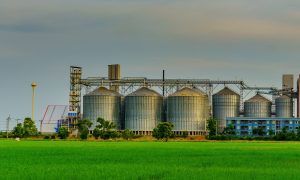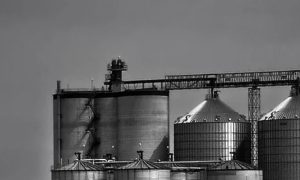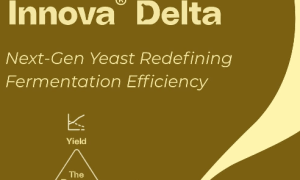Taking ethanol blending beyond E20

India’s Ethanol Blended Petrol (EBP) Programme has significantly advanced the country’s green transition, reaching a 17.98% ethanol blending rate by February 2025. With the 20% E20 target set for 2025, the focus must shift towards scaling second-generation ethanol technologies and introducing flex-fuel and hybrid electric vehicles. These efforts will support sustainability, food security, and a cleaner mobility future.
Over the past decade, India’s Ethanol Blended Petrol (EBP) Programme has emerged as a cornerstone of the country’s green transition. As of February 28, 2025, India had already achieved a 17.98 per cent ethanol blending rate under the ongoing Ethanol Supply Year (ESY) 2024-25, with public sector oil marketing companies (OMCs) clocking 19.68 per cent blending in February alone. The country is now swiftly approaching the 20 per cent blending milestone.
While the E20 target by 2025 is a significant achievement, it must not be viewed as the final goal.
To move beyond E20, a forward-looking ethanol roadmap must pivot towards advanced biofuel technologies and systems thinking. Central to this is the scale-up of second-generation (2G) ethanol technologies, which utilise agricultural residues and avoid competition with food crops —thus promoting both environmental sustainability and food security. Simultaneously, the roll-out of flex-fuel vehicles (FFVs) and hybrid electric vehicles (HEVs) capable of running on higher ethanol blends is essential. These vehicles can serve as a bridge between today’s fossil-fuel systems and the net-zero future, enabling a cleaner, more flexible mobility ecosystem.
To Read more about Ethanol Industry & Bio Energy News, continue reading Agriinsite.com
Source : The Hindu Businessline
















